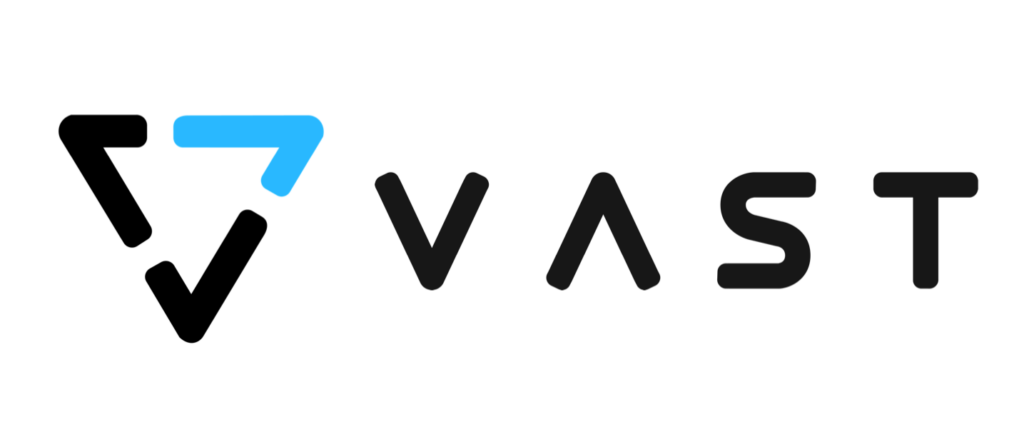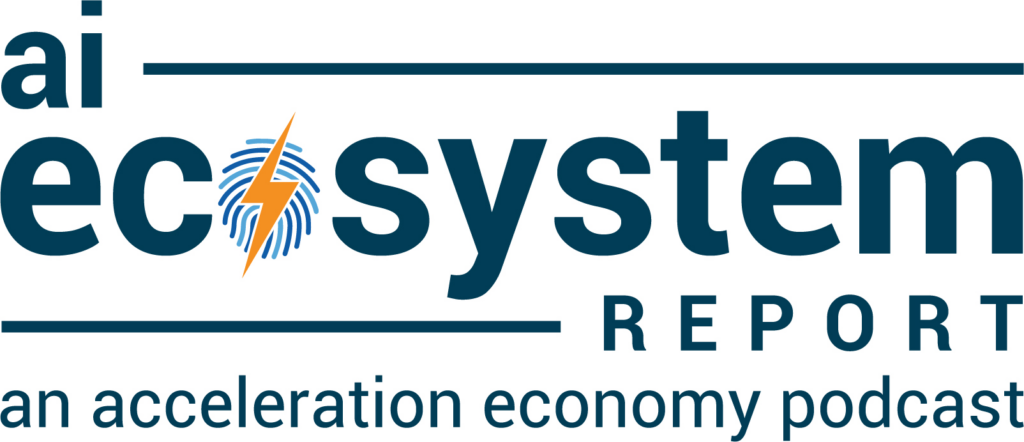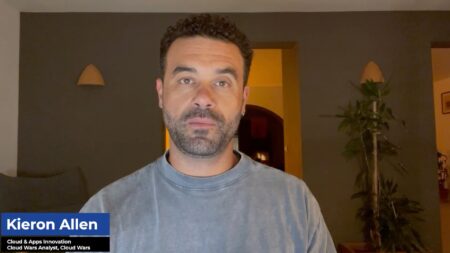Welcome to the AI Ecosystem Report, featuring practitioner analyst and entrepreneur Toni Witt. This series is intended to deliver the timely intelligence about artificial intelligence (AI) you need to get up to speed for an upcoming client engagement or board meeting.
Highlights
Innovation (00:34)

BlackRock announced that it’s doubling down on AI by rolling out several generative AI tools throughout 2024 for its diverse client base. The company has built a copilot for Aladdin and eFront risk management systems, which are useful for portfolio and asset management.
The core use of generative AI for BlackRock is allowing investment professionals to gather data more easily from Aladdin and eFront to create research reports, proposals, and documents quickly. It can also reduce hours of manual work in the financial services field, enabling workers to focus on higher-level tasks. Despite the new implications of generative AI, BlackRock still acknowledged that it’s keeping human checks and balances in place in critical areas.
Funding (02:45)

New York-based startup Vast, which builds storage for managing AI workloads, recently raised $118 million. This values the company at over $9 billion and brings in around $200 million in annual revenue with key customers including Pixar and Zoom.
Vast combines storage database and compute engine services, providing a platform intended to power AI- and GPU-accelerated workloads across data centers and cloud environments. Enterprises can take advantage of these offerings to manage unstructured and structured data across their preferred private, public, or hybrid clouds.
Solution of the Week (04:37)

Alibaba developed its innovative offering called Animate Anyone. It’s a machine learning model that takes a static image — such as one of a person — and can animate it to make the subject move however the user wants to animate. The model takes a second input alongside the image and animates similarly to 3-D modeling processes.
This can be useful for clothing companies, for instance. Rather than producing videos of models in the articles of clothing, the companies could utilize this tool to convert static images into video footage.
However, this could have negative implications with the possibility of someone using it to develop deepfakes. This technology will require a lot more regulation and ethical considerations.










